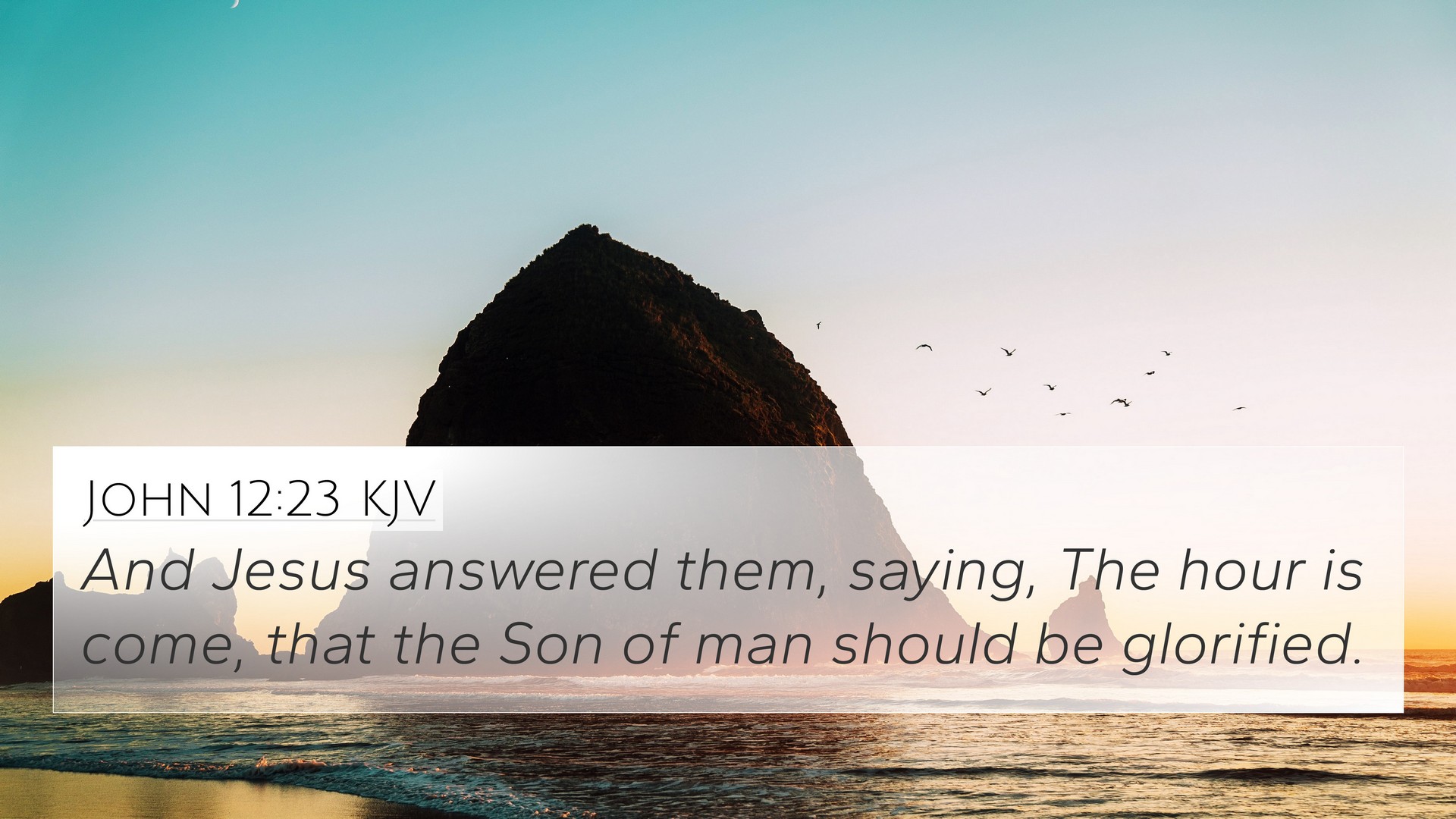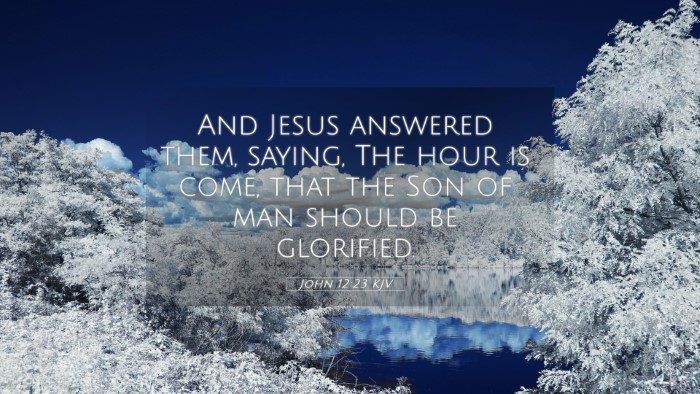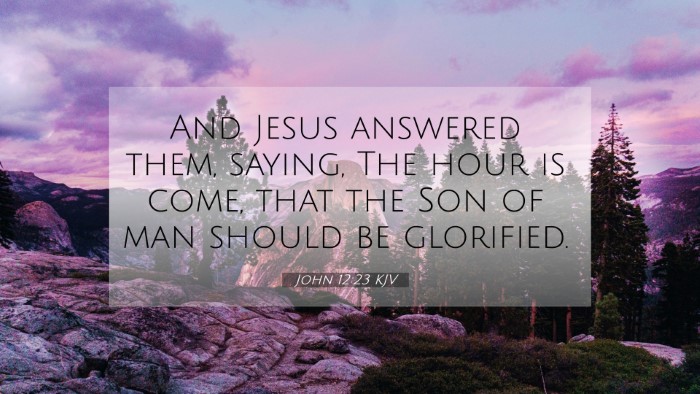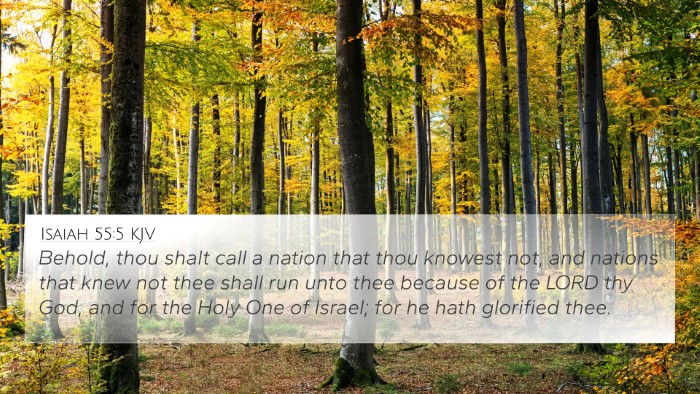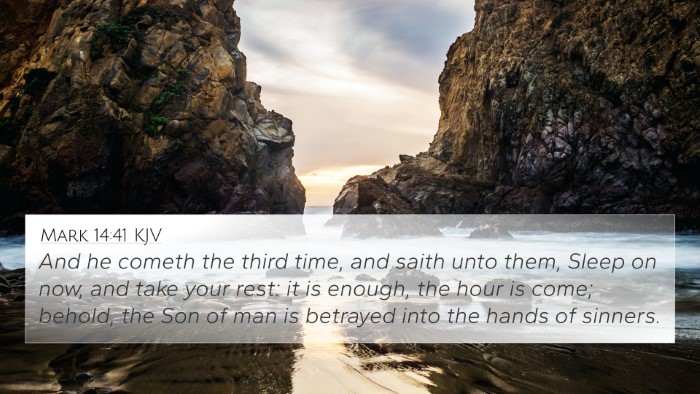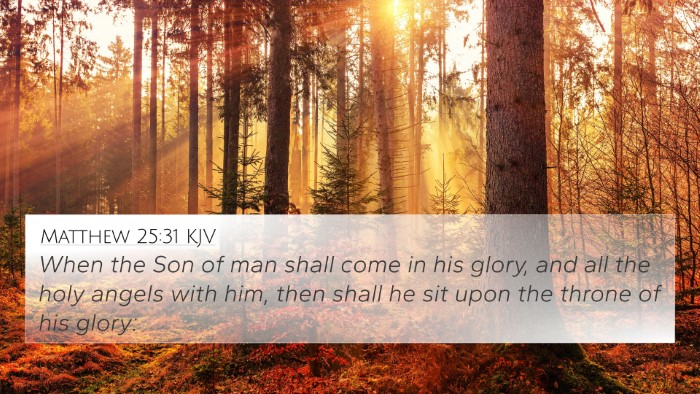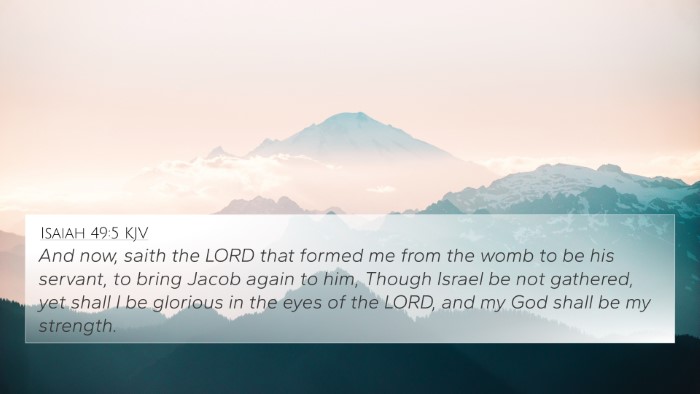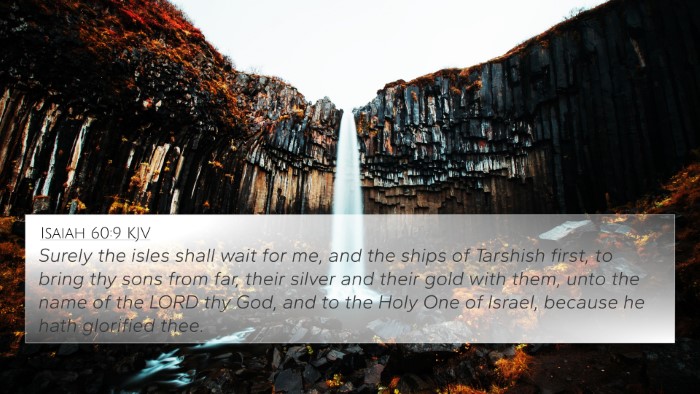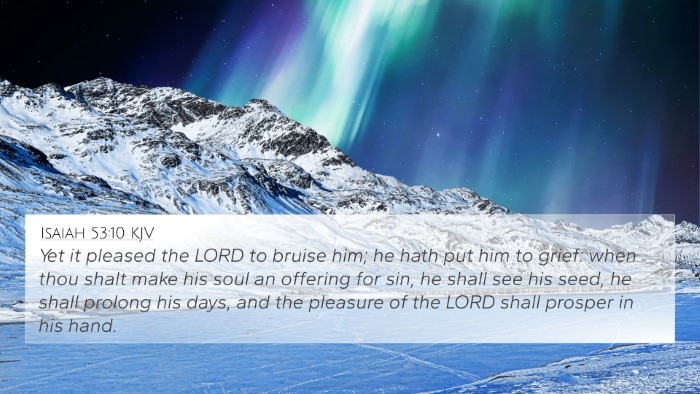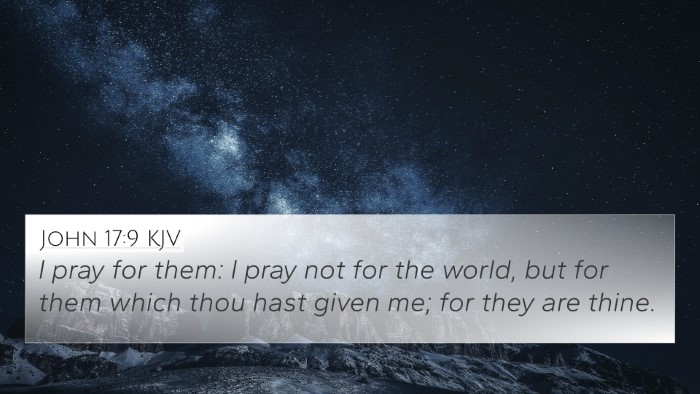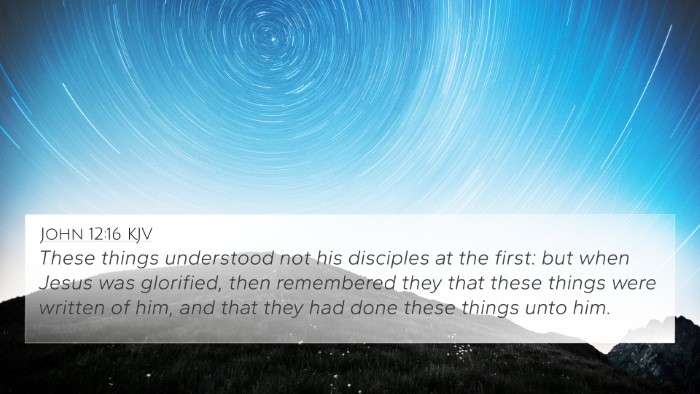Understanding John 12:23
John 12:23 states, "And Jesus answered them, saying, The hour is come, that the Son of man should be glorified." This profound statement reveals critical themes of Jesus' mission, the nature of glory, and the impending events of His crucifixion and resurrection.
Contextual Analysis
In the Gospel of John, the phrase "the hour" often refers to the appointed time for Jesus’ suffering, death, and ultimate glorification. Throughout His ministry, Jesus made references to "His hour" being yet to come (e.g., John 2:4, John 7:30). Here, He declares that the time has arrived for this divine purpose to manifest.
Commentary Insights
-
Matthew Henry: Henry emphasizes that the glorification of Jesus involves both the suffering He must endure and the subsequent exaltation that follows. His suffering is essential for the salvation of humanity.
-
Albert Barnes: Barnes expands on the concept of glory, suggesting that it is linked to Jesus laying down His life for others. He interprets "glorification" as the means by which Jesus would draw all men to Himself (John 12:32).
-
Adam Clarke: Clarke highlights the importance of recognizing the dual aspect of glory associated with Christ—His humiliation leads to ultimate glory. He notes that the hour signifies a fulfillment of prophetic timelines regarding the Messiah.
Thematic Connections
John 12:23 can be cross-referenced with several significant passages in the Bible that echo its themes:
- John 3:14-15: Jesus speaks of being lifted up, foreshadowing His crucifixion, linking glory with His sacrificial death.
- Philippians 2:8-9: This passage reflects on Jesus' obedience to death and His subsequent exaltation by God.
- Isaiah 53:3-5: The prophecy about the suffering servant aligns with the suffering Jesus would face, indicating the path to glory through suffering.
- Romans 5:8: Demonstrates God’s love through Christ’s sacrifice, reinforcing the connection between glory and sacrifice.
- Hebrews 12:2: Calls believers to fix their eyes on Jesus, who, for the joy set before Him, endured the cross, thereby linking His suffering directly to glory.
- John 17:5: In His prayer, Jesus asks the Father to glorify Him with the glory He had before the world existed, indicating an eternal truth about His nature.
- 1 Peter 1:11: The prophets searched for the time and circumstances of Christ's sufferings and the subsequent glory that would follow.
Inter-Biblical Dialogue
The statement in John 12:23 engages in inter-Biblical dialogue, drawing connections between various scriptures that illuminate the unity and thematic continuity of the Biblical narrative. It invites a comparative analysis of other scriptural texts that encapsulate similar themes of glory through suffering, thereby enhancing the understanding of Jesus' purpose and the nature of His kingdom.
使用交叉引用的方法 (Using Tools for Bible Cross-Referencing)
To delve deeper into the connections within scripture, tools such as a Bible concordance or a cross-reference Bible study guide may be utilized. These tools help in identifying relationships and thematic continuities between verses.
The Importance of Cross-Referencing
Cross-referencing biblical texts can illuminate the richness of scripture, offering layers of meaning that enhance personal study and understanding. It encourages believers to view individual verses within the broader context of God’s redemptive plan as revealed throughout the Bible.
Conclusion
John 12:23 encapsulates the pivotal moment in the New Testament where Jesus acknowledges the beginning of a transformative period leading to His glorification through sacrifice. By engaging in a comparative Bible verse analysis and exploration of cross-references, readers can gain deeper spiritual insights into the inherent connections that exist within God's Word.
